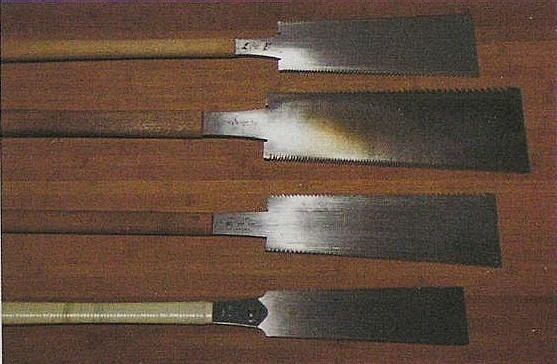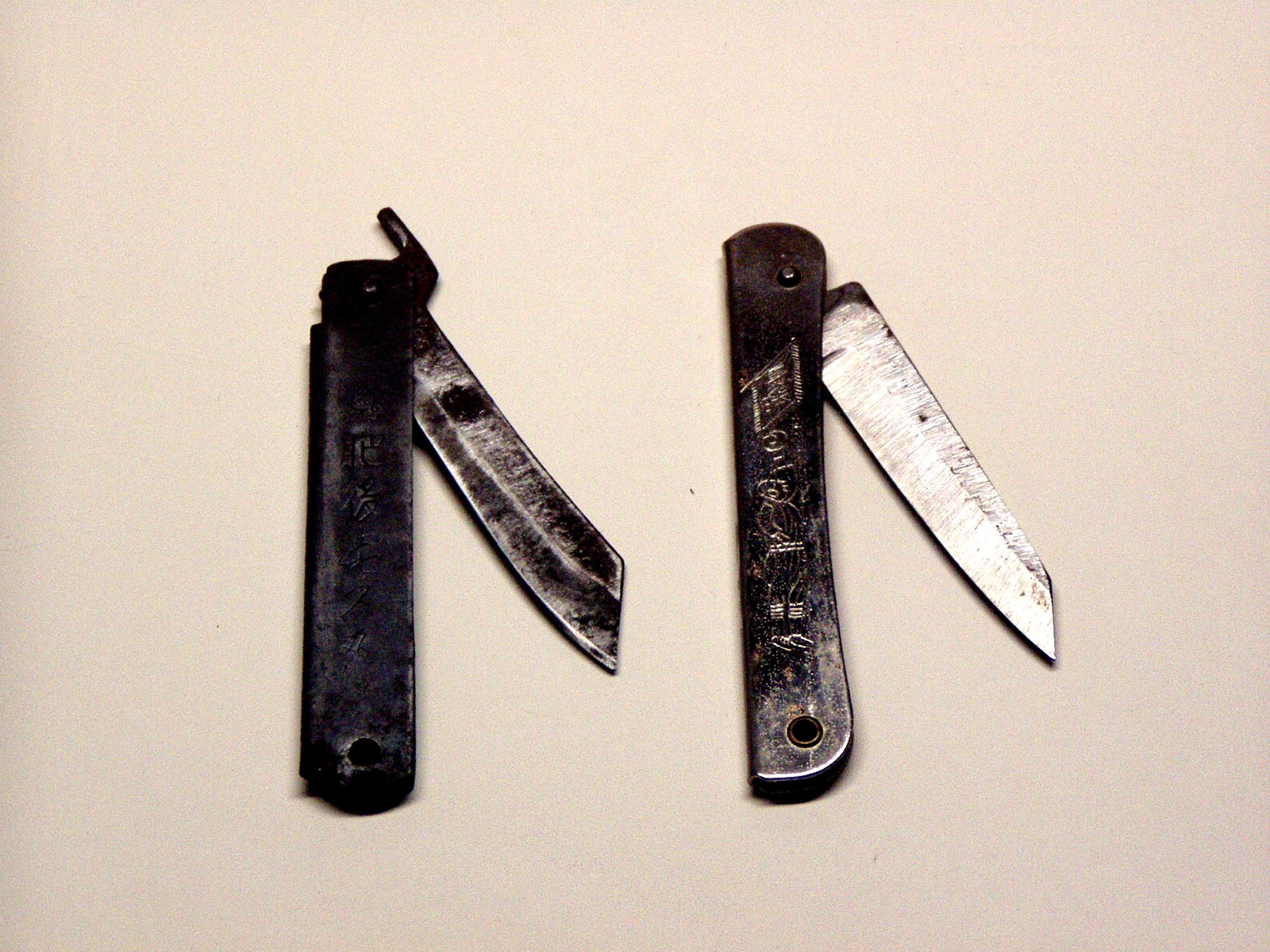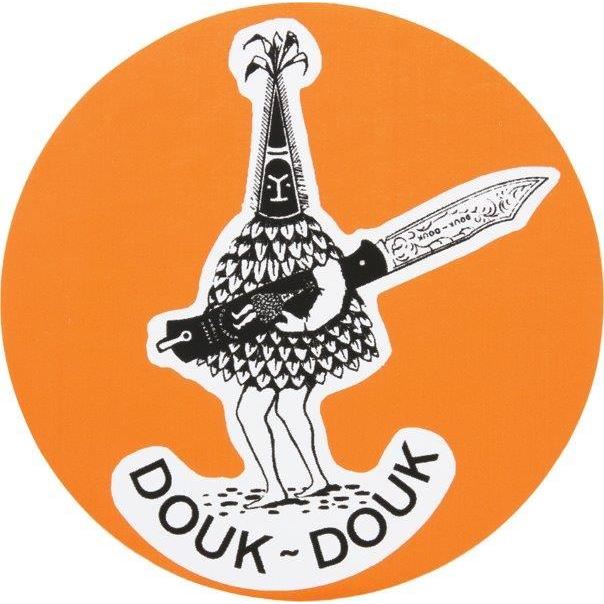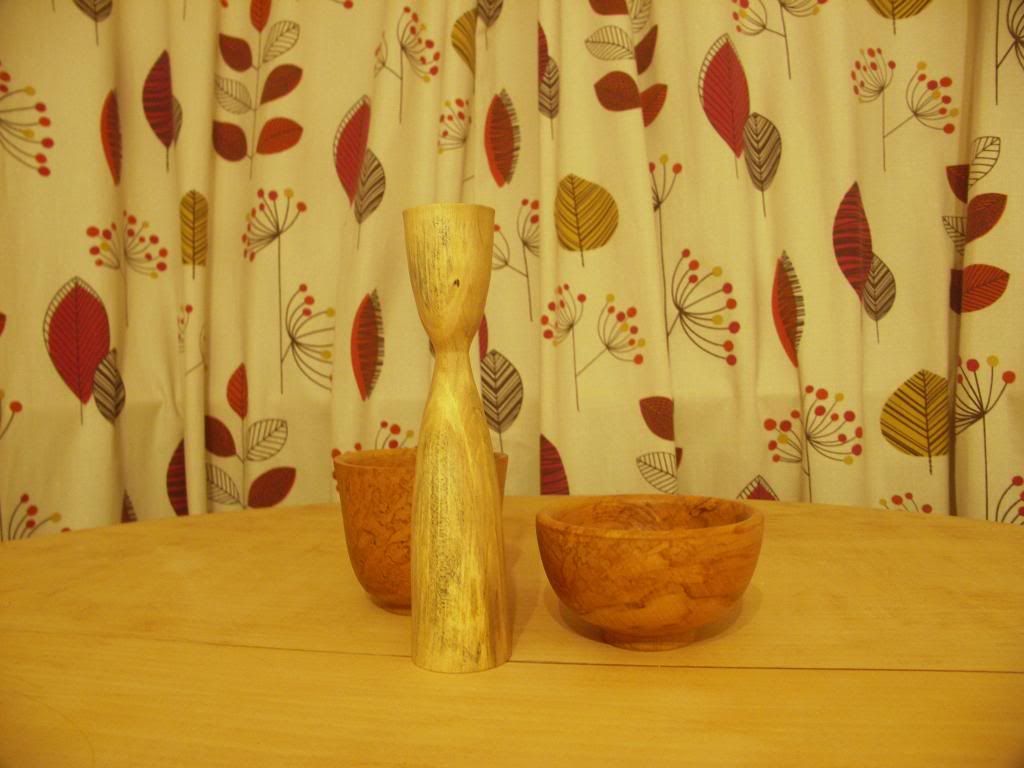Please don't think that I think I am some kind of oracle and have the definitive answer to this question - I don't and what follows are just my thoughts and musings. Indeed, I really don't think there is a definitive answer and anyone who thinks they have it is just kidding themselves.
The debate between art and craft is largely a question of semantics.
Language is not objective nor transparent, and meaning not fixed or self
evident. You can no more proscribe the meaning or definition of a word than you
can stop it changing and evolving. If this were not so, then there would be no
Oxford English Dictionary – or any other etymological dictionary for that
matter. When I was studying grammar at university, the subject was dominated by
the eternal wrangle between those traditionalists and fuddy-duddies who wished
to proscribe grammatical usage, saying that one way of speaking was inherently ‘right’
(always their own way, incidentally) whilst another was inherently ‘wrong’, and
those who believed grammar was a functional tool to aid and support clear
communication, that the way people spoke and wrote was correct as it reflected
popular and contemporary usage. Is grammar there to school people to talk
correctly, or is it there to describe actual speech? Similarly, should language
constrain us or serve us? Do I have to keep harking back to antiquated
definitions in order to define myself or my craft? Not if I don’t want to –
what I make is what I make and no amount of labelling or defining it can change
it one bit (nor improve it, unfortunately).
As a teacher who teaches poetry, I have to tell my students
that there are no rules to what constitutes a poem, other than, perhaps, some
vague notion of poetic subject matter. That’s not to say there never were rules
to writing poetry, of course there were throughout history and across cultures
and nationalities, but an Elizabethan sonneteer cannot tell Ogden Nash his
writing was not poetry because it did not match his own definition of a poem. A
writer of quintains cannot deny Homer’s epics are poetry because he used more
than five lines.
When I talk with my students about race and the names we use
to describe them, I try to explain that it is not for us, of one race or
nationality, to choose the label to impose upon another – it is their right and
there’s alone. It would be wrong for me to call Native Americans ‘Red Indians’
because that is the convention where I come from, if they would call themselves
Native Americans. Equally, it would be wrong for me to call them ‘Native
Americans’ if they would rather be known as First Nations.
I guess what I am trying to say is, who am I (or anyone else
for that matter) to call someone an artist just because that is my opinion when
they would call themselves a craftsman; or for me to call them a craftsman if
they prefer the title artist? Who am I to say what someone has produced is art,
if they say it is craft, and vice versa? You asked is the body design of a car
art? If the guy designing it says it’s art, then who am I to argue with him.
When Damian Hurst stuck half a cow in a glass box and said it was art, there
were a lot of wealthy impresarios who were falling over themselves to agree
with him. Personally, I didn’t get it but my personal response to the piece did
not negate that of those who loved it. And I think you can extend this idea
even further – I know I greatly simplify Barthes’s notions of ‘the death of the
author’, but basically, once you have created something and put it out there
for the public to enjoy, it is then their interpretation of the thing that
counts. Why you made it, what you were thinking when you made it, what you
wanted to express – it all becomes irrelevant and subordinate to the notions of
the recipient. Unfortunately, that means that your canoe, though you consider
it craft, if someone else considers it art, is
art. You might not like it, but that’s the world we live in – there are no
constraints other than those we put on ourselves. The idea of restricting
people or their work based on archaic social notions or antiquated definitions
that are as slippery as an eel and just as impossible to pin down, just doesn’t
work anymore, which is why this debate will go on and on, round and round in
circles, endlessly, never settling on any one answer or definition, and being
batted back and forth by one opinion to another.
Let’s not under sell ourselves or fall into the trap of
pigeon-holing ourselves (or allowing others to pigeon-hole us) – I make spoons;
I craft them from wood with my hands and hand tools. In my book that makes what
I do craft and makes me a craftsman. If anyone wants to disagree with me, they
are welcome to, just so long as they keep it to themselves. When I craft my
spoons I consider the design and aesthetic qualities and try to appeal to
people’s taste in what looks beautiful. That is an artistic process and I think
that makes some of my work art and me an artist. Again, disagree if you wish –
it won’t stop me carving nor trying to make something that looks beautiful. As
for all the ‘status’ stuff, whilst I accept that such perceptions exist, I
think they are generally notions that are impressed upon us, by those who would
categorize and ultimately restrict us and that they belong to an industrial
history that I for one am glad to be able to move away from, along with notions
of Empire and class. My parents and grandparents lived believing themselves to
be ‘working class’, just because someone more privileged who wanted to look
down on them said that’s what they were and labelled them as such. I refuse to
class status, just as I refuse to have anyone else label what I do or what it
is I make – because it is what it is.
And of course, this is all just my opinion, just as if
anyone disagrees with me, it is just theirs.
No one can say my poems are not poems because they don’t
rhyme.



























